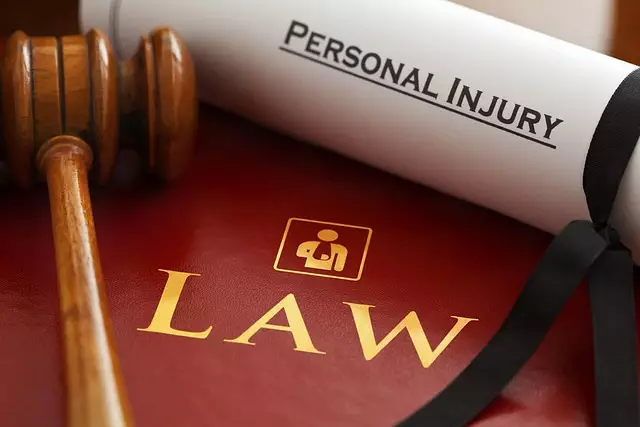In Manhattan, cyclist safety laws protect both riders and motorists by outlining rights and responsibilities, while also advocating for safer cycling infrastructure to mitigate urban risks like doors opening into paths and distracted driving. Navigating Rideshare Safety Litigation demands understanding local laws, meticulous documentation, and expert testimony, focusing on driver training, vehicle maintenance, and safety features when a cyclist is involved in an accident with a rideshare vehicle. This process seeks justice by compensating for injuries and addressing systemic road safety issues prevalent in urban areas.
In New York City, cyclists face unique challenges navigating Manhattan’s bustling streets. This introduction explores a crucial aspect of urban mobility: Cyclist safety lawsuits in the city. Understanding your rights and the legal framework is essential for riders. This article delves into “Understanding Cyclist Safety Laws and Rights” and provides a comprehensive guide for “Navigating Rideshare Safety Litigation,” focusing on key aspects of rideshare safety litigation in Manhattan.
- Understanding Cyclist Safety Laws and Rights in Manhattan
- Navigating Rideshare Safety Litigation: A Comprehensive Guide
Understanding Cyclist Safety Laws and Rights in Manhattan

In Manhattan, cyclist safety laws are designed to protect both riders and motorists, establishing clear rights and responsibilities on the road. Understanding these regulations is crucial for everyone sharing the city’s streets, particularly in light of increasing rideshare activity. Cyclists have the same rights as drivers, including the right to occupy the full lane when necessary, especially during maneuvers like turning or avoiding hazards. They must also follow traffic signals and stop signs, just like motor vehicles.
However, unique challenges exist for cyclists in a dense urban environment. Riders may face risks from vehicle doors opening into their path, sudden turns, or distracted driving. The rise of rideshare services adds an extra layer of complexity, as cyclists often share roads with drivers focusing on picking up and dropping off passengers. Familiarizing oneself with local laws and advocating for safer cycling infrastructure can help mitigate these risks, making Manhattan’s streets safer for everyone, including those involved in Rideshare Safety Litigation.
Navigating Rideshare Safety Litigation: A Comprehensive Guide

Navigating Rideshare Safety Litigation involves a complex interplay of laws, regulations, and unique circumstances specific to each case. When a cyclist is involved in an accident with a rideshare vehicle, understanding the legal framework becomes paramount. The process can be intricate, requiring meticulous documentation, expert testimony, and a deep dive into local traffic laws and company policies.
In such cases, cyclists and their legal representatives must thoroughly examine factors like driver training, vehicle maintenance records, and the presence of safety features or equipment at the time of the incident. Rideshare Safety Litigation demands a comprehensive approach to ensure justice for all parties involved. This includes not just compensating for physical injuries but also addressing systemic issues that contribute to road safety, particularly in urban areas like Manhattan where rideshare services are prevalent.
In navigating the complex landscape of cyclist safety laws and rights in Manhattan, understanding your legal options is paramount. The increasing popularity of rideshare services further complicates this dynamic, leading to unique challenges in ensuring rider safety. As highlighted in this article, recognizing the nuances of Rideshare Safety Litigation can be a game-changer for cyclists facing accidents or misconduct. By arming yourself with knowledge and seeking comprehensive guides like this one, you can better protect yourself and hold accountable those who put your well-being at risk.
